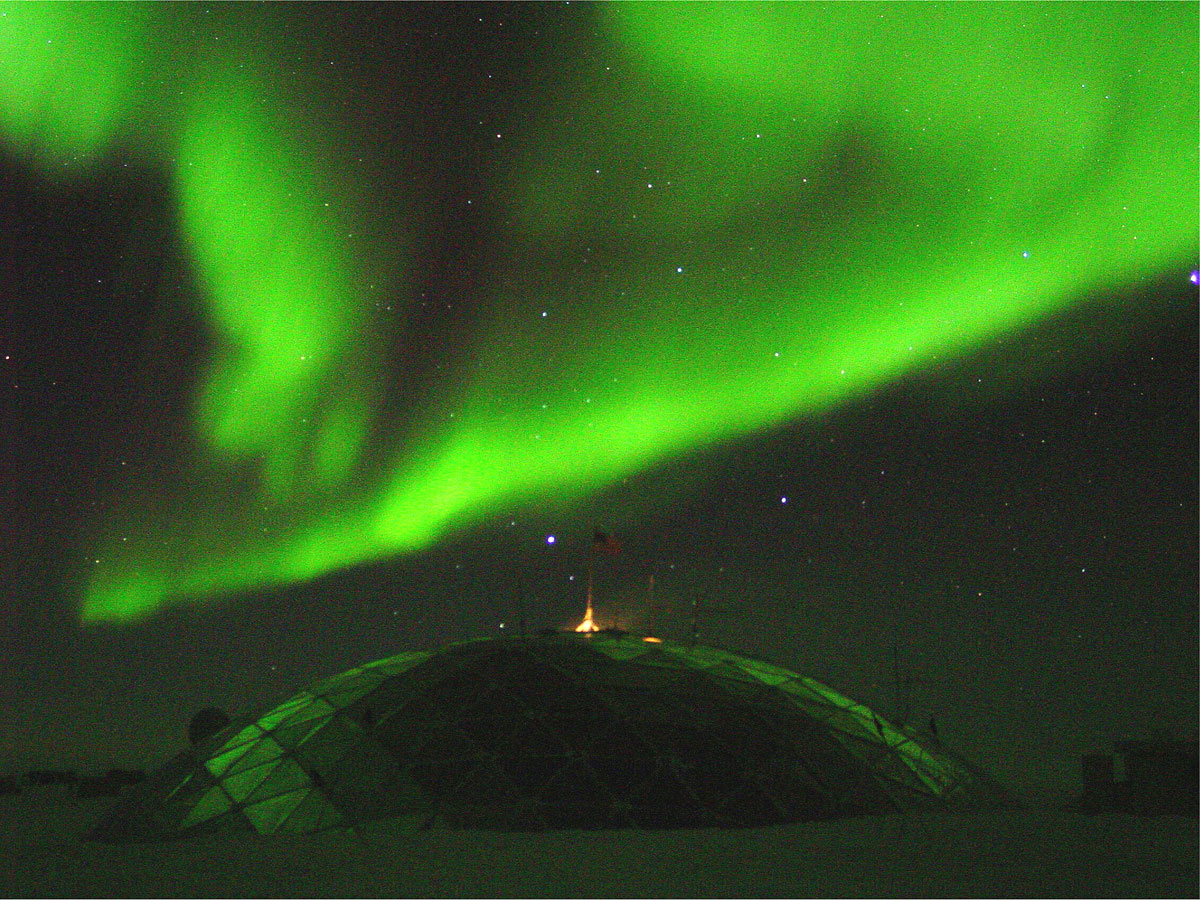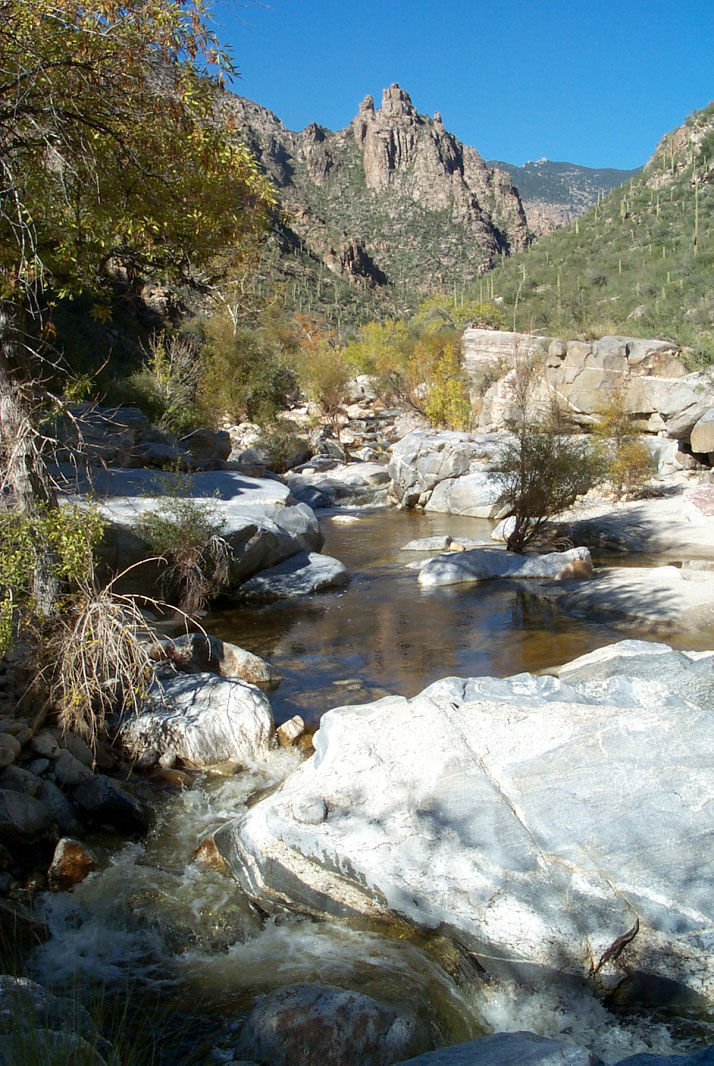 |
|
|
 |
||
|
||||
|
Photo 1
Vivisimo's news demo integrates and automatically clusters search results from the Web sites of CNN, New York Times, USA Today, Washington Post, BBC News, Yahoo News, and World News. The folders at left show the computer-generated clusters from a search on “Iraq.” The demo is available at www.vivisimo.com/news
Photo 2
Aurora Australis--the Southern Lights--over the geodesic dome at the National Science Foundation's Amundsen-Scott South Pole Station. The aluminum dome has housed the main station buildings since the 1970s. The Amundsen-Scott station is one of three United States research stations on Antarctica. The National Science Foundation operates them all.
Photo 3
The National Science Foundation supports the Ocean Drilling Program. Using equipment like the drill pictured here, workers obtain geologic samples from the deep seafloor that provide scientists with new information on Earth's history. Examples of information documented by these samples include a history of the ocean basins and evidence of drastically changing climates on earth, including more ice ages than were previously known.
Photo 4
NSF ocean drillship JOIDES Resolution. The NSF Ocean Drilling Program (ODP) studies the portions of the earth's crust that are submerged below the ocean surface to reveal its composition, structure, and history. ODP uses the drillship JOIDES Resolution (pictured here) to log and collect geologic samples from the floor of the deep ocean basins through rotary coring and hydraulic piston coring. The logs and samples of the cores are made available to qualified scientists throughout the world for research projects.
Photo 5
Sabino Creek, Arizona: An ephemeral creek at its wettest.
|
||||
|
|
|
|




